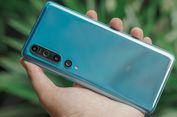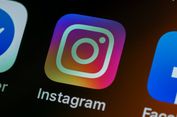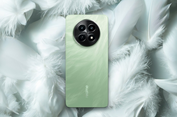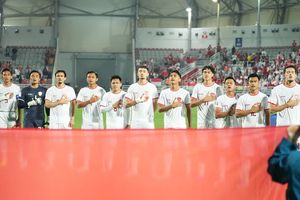Acer Iconia A500 Tablet
Across the bottom edge you’ll find a USB2.0 slot (host), a micro-USB connector (slave). Finally you’ll find a 2 MP camera on the front of the A500, accompanied by 5 MP camera at the back with an LED flash. Also on the back are two speakers.
You wont find dedicated home, menu, back and search buttons for navigating the menus, as these are all onscreen buttons - which makes sense considering the tablet is designed to be used in either portrait or landscape mode.
Under the bonnet the A500 sports an NVIDIA Tegra 250 dual-core processor accompanied by 1GB of RAM - which helps Android sing. You’ll also find 16GB or 32GB of storage.
Fire up the A500 and you’re immediately struck by the bright, crisp screen. The tablet boasts a 1280x800 resolution with a 16:10 aspect ratio - so it’s slightly sharper than the iPad’s 1024x768 display.
Of course you need to allow for the difference in screen size. It would seem the fairest way to do this is to calculate the pixel density in pixels per inch - which sees the A500 slightly sharper at 149 ppi compared to the iPad’s 132 ppi.
Yet, as usual, comparing devices is more than a numbers game. If you want to apply these calculations to other tablets you’ll find the 7-inch Samsung Galaxy Tab comes in at 170 ppi.
From my testing the 1024x600 Samsung Galaxy Tab didn’t look as sharp as the iPad, but I suspect this is because Android 2.2 Froyo is only designed to support 854x480. Samsung tweaked the Android OS for the Galaxy Tab, but many of the applications still would have been running at 854x480.
Of course at that resolution the pixel density would have still been on par with the iPad but it clearly didn’t look as sharp. Like I said, it’s a reminder that comparing such devices isn’t just a numbers game.
Now that Android 3.0 supports higher resolutions we can expect impressive results from the Honeycomb devices. The Kindle app certainly looks crisper on the A500 than it looked on the Samsung Galaxy Tab.
It was the Zinio magazine app which really made the Galaxy Tab look shabby next to the iPad, but unfortunately Zinio is limited to a few devices and isn’t available in Android market.





































